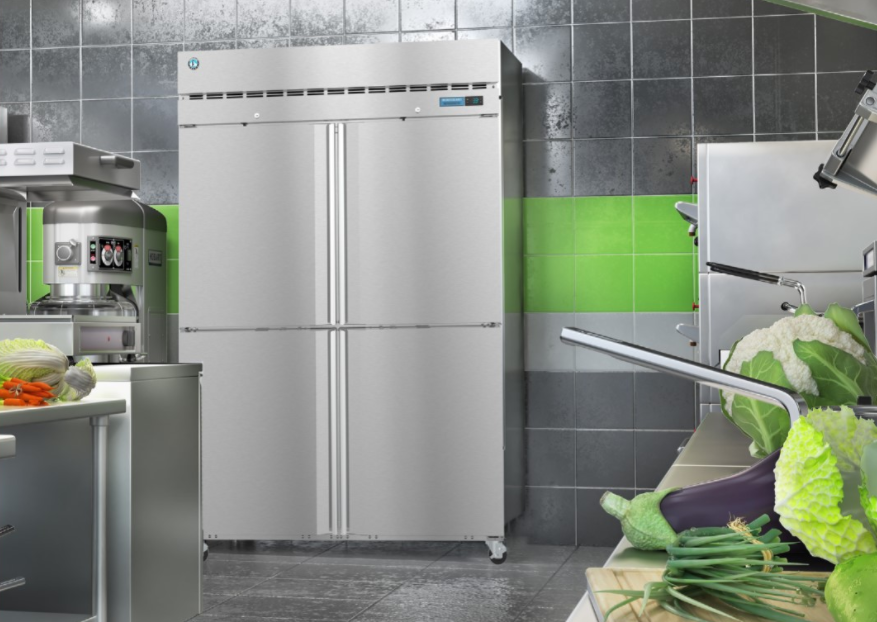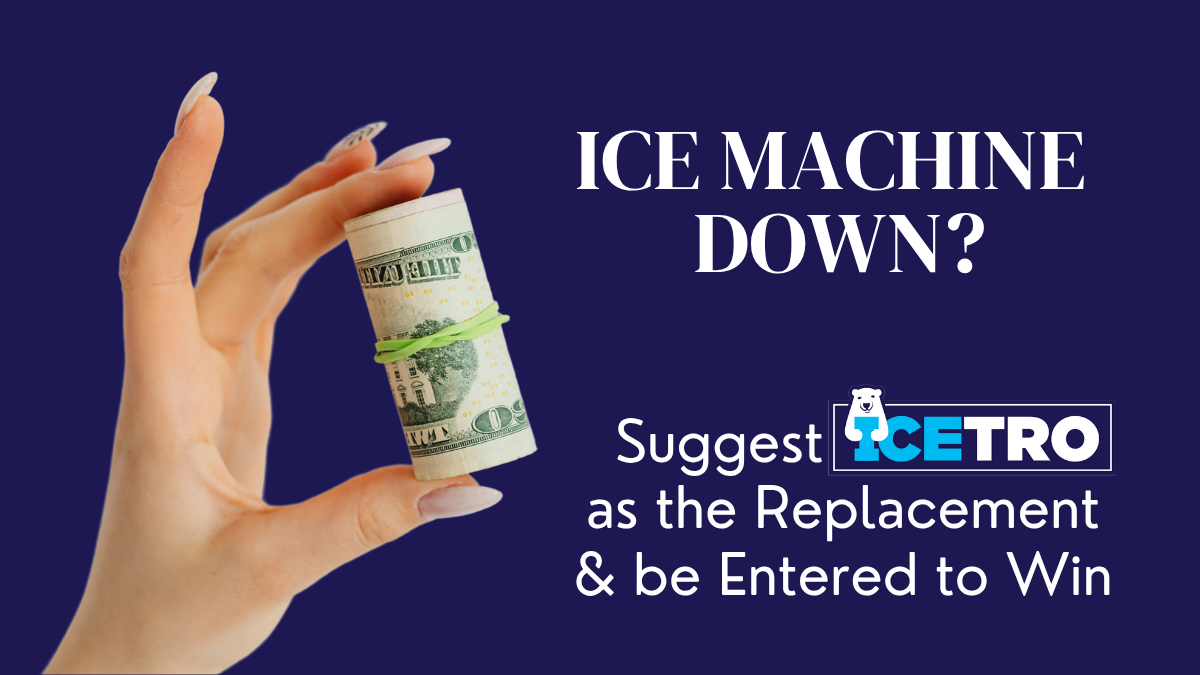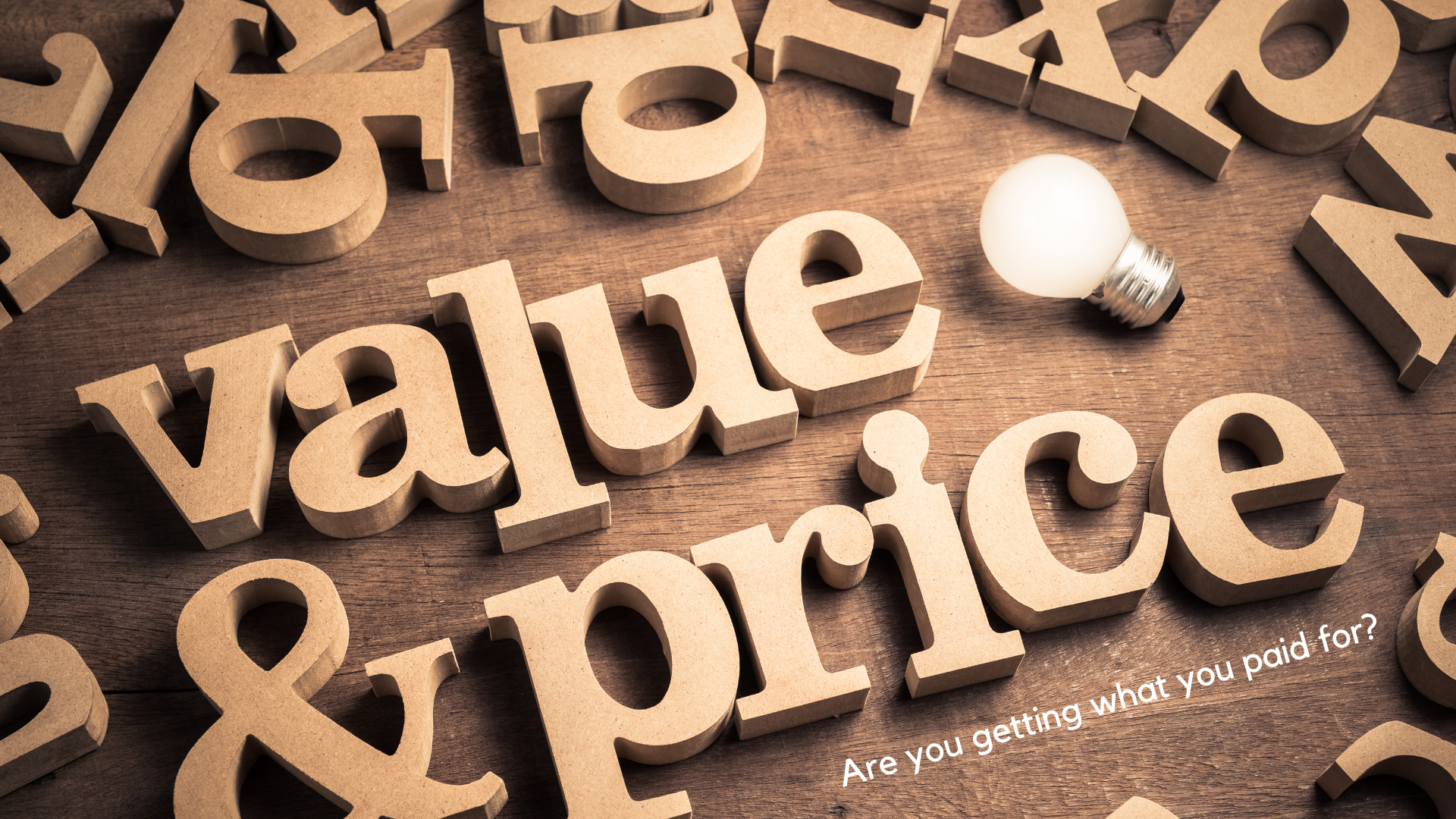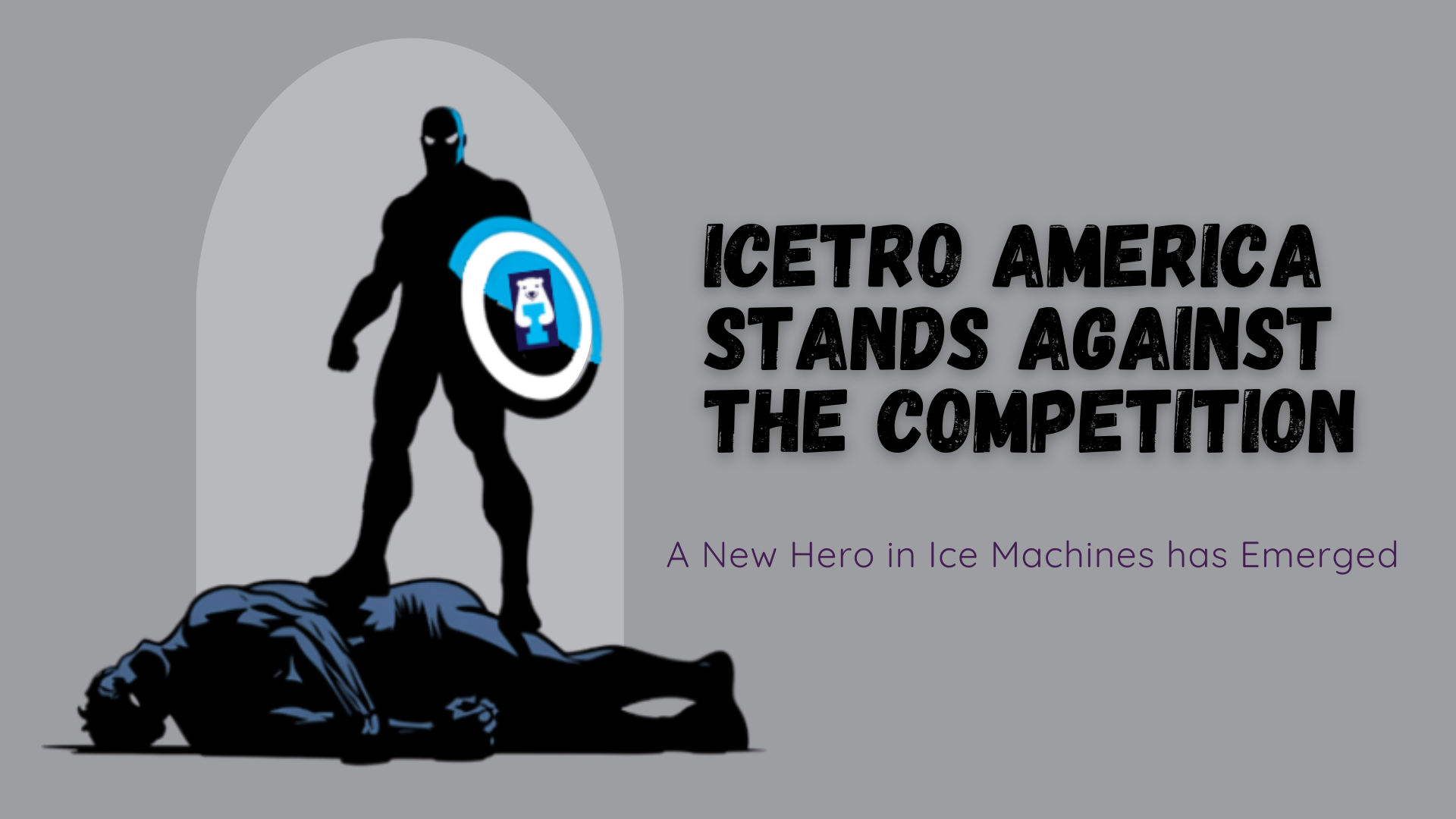In the world of commerce, the supply chain has two vital components: manufacturers and their distributors. Each operate at distinct points in the path to purchase to their consumers.
Manufacturers: Turning Dreams into Reality
Manufacturers are the creators of products, building things from raw materials. Through advanced technology and skilled workers to build from the ground up. These individuals bring ideas to life by creating everyday items that are in high demand for the consumer’s use.
With the Hussle and Bussel of production lines raw materials are meticulously shaped, assembled, and refined into the finished product.
In the United States alone, 12.5 million people work in manufacturing.
Key Characteristics of Manufacturers:
- Creation & Innovation: Manufacturers conceptualize products, design prototypes, and engineer processes to produce goods on a large scale.
- Quality Control: Manufacturers have a system in place to maintain quality standards, ensuring every item leaving their facilities meets their predetermined specifications.
- Customization & Specialization: Manufacturers tailor their products based on their client’s market requirements, offering diverse customized solutions.
- Research & Development: Manufacturers invest heavily into research and design to enhance existing products, innovate new ones, and stay ahead of the competition.
Distributors: The Connectors in the Supply Chain
Distributors play a critical role in the industry by connecting manufacturers and resellers. They purchase products in large amounts from manufacturers and sell them in smaller quantities to resellers. This aids in streamlining products from makers to sellers.
Distributors serve as the local hub for their resellers, storing products, managing inventory, and coordinating the efficiency of goods to meet the market demands.
Key Characteristics of Distributors:
- Market Expertise: insights into market trends, consumer behavior, and demands. Enabling them to make informed purchasing decisions.
- Logistics & Storage: infrastructure for warehousing, ensuring safe storage and streamlined distribution of diverse products.
- Relationship Management: cultivate relationships with manufacturers, resellers, and the end user. Facilitating seamless communication and collaboration.
- Risk Mitigation: mitigate risk by diversifying their product portfolios, adapting to market changes, and proper inventory management to prevent overstocking or shortages.
Distinguishing Factors: Distributor vs Manufacturer
- Production vs Aggregation: The main distinction is within their core functions. Manufacturers focus mainly on production, where distributors aggregate products from various sources.
- Ownership of Production: Manufacturers own the production process, overseeing each stage of production. Distributors do not produce the goods; they acquire them from the manufacturers for distribution.
- Scale of Operation: Manufacturers operate on a large scale, with large facilities and a workforce dedicated to production. Distributors optimize efficiency in logistics and storage to handle a wide variety of products efficiently.
- Direct vs Indirect Interaction: Manufacturers deal directly with the raw materials, turning them into the finished product. Distributors serve as the intermediate facilitating the movement of goods to the end user.
Conclusion
As we mentioned in the beginning of the article, the supply chain has two vital components in the world of commerce: manufacturers, and their distributors. The key to any successful business and customer relations is for both to work seamlessly to deliver both product and value to the end user.
